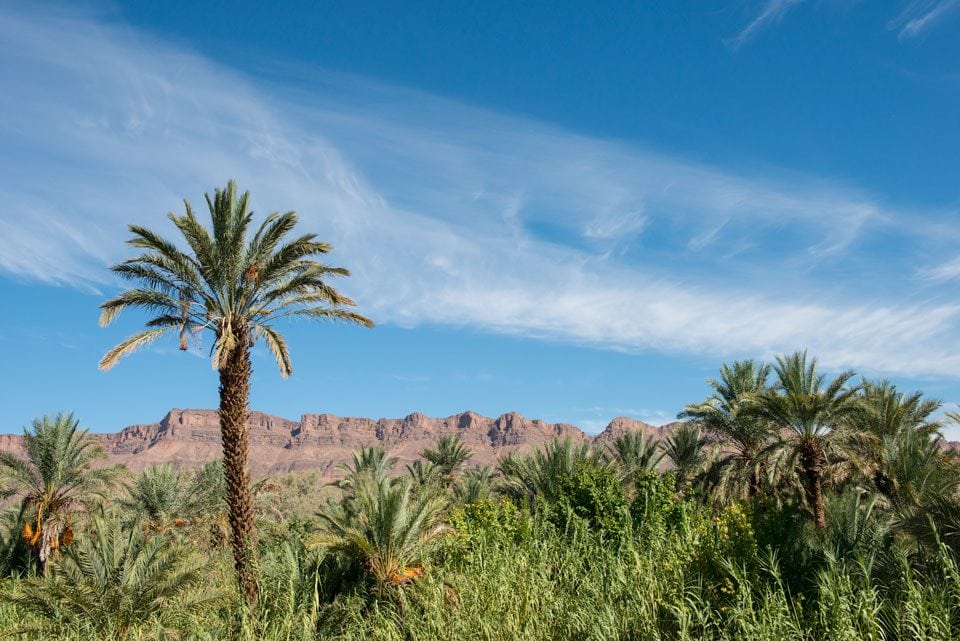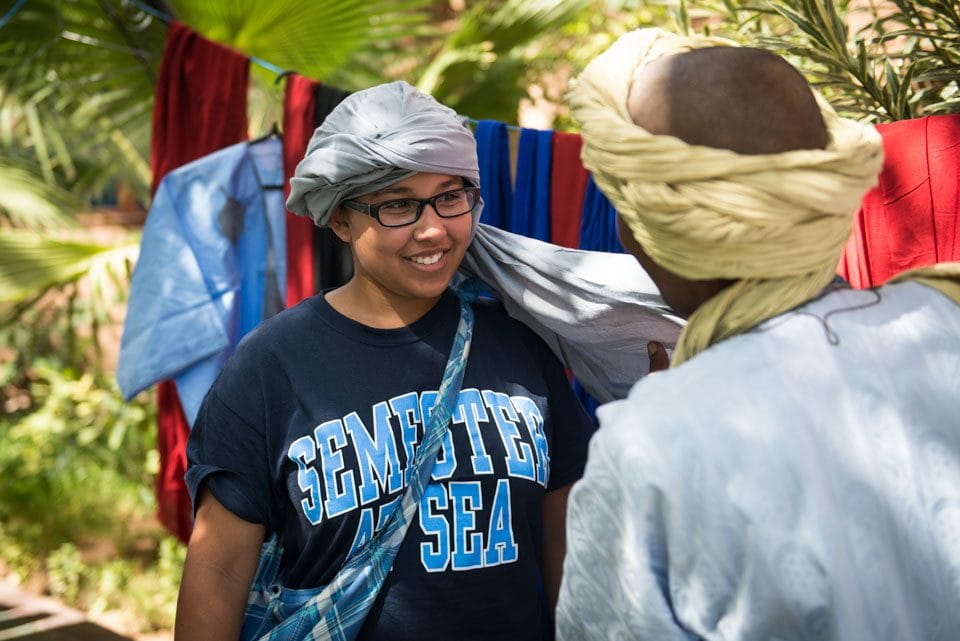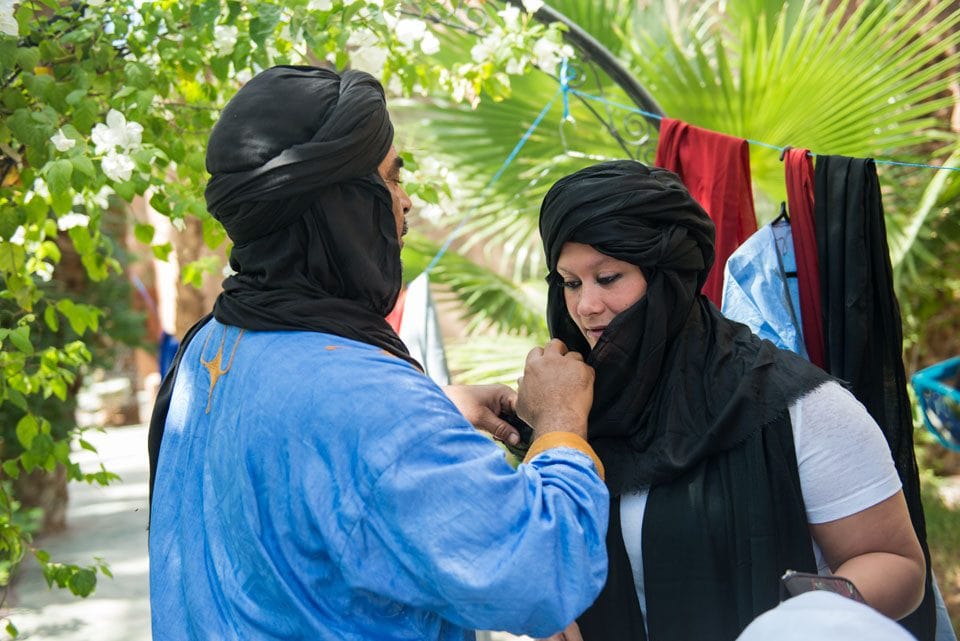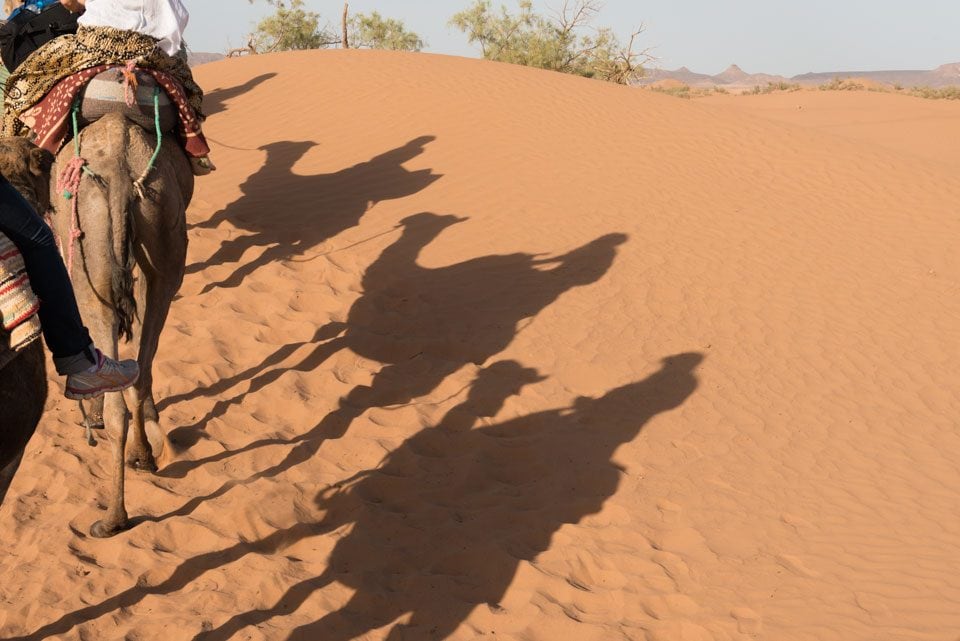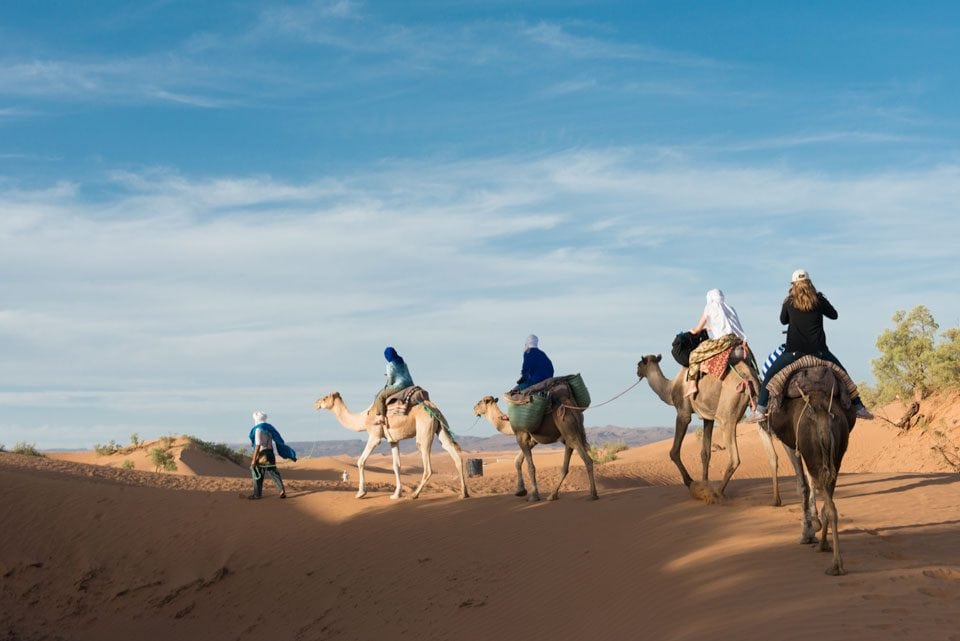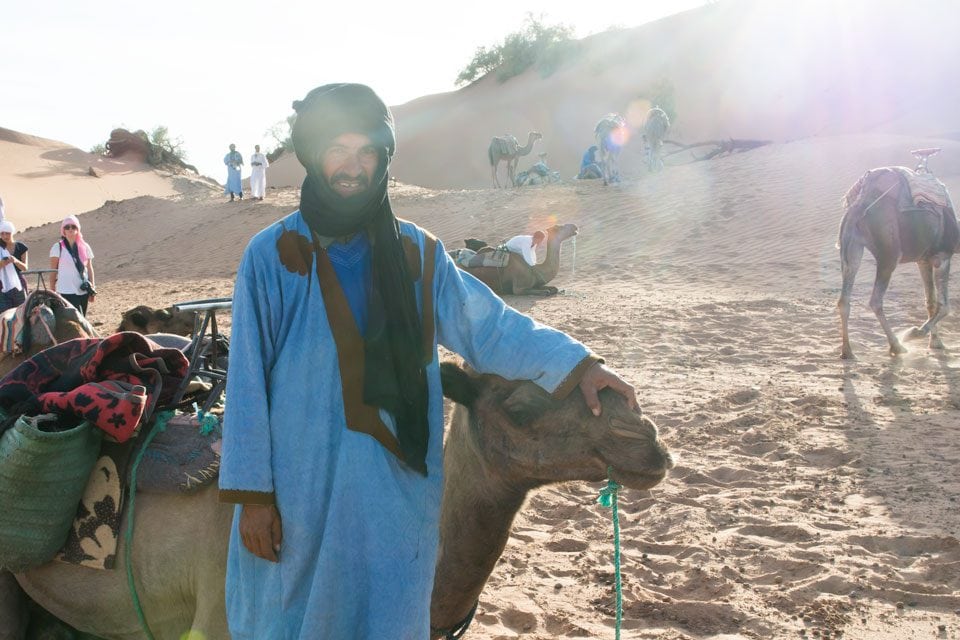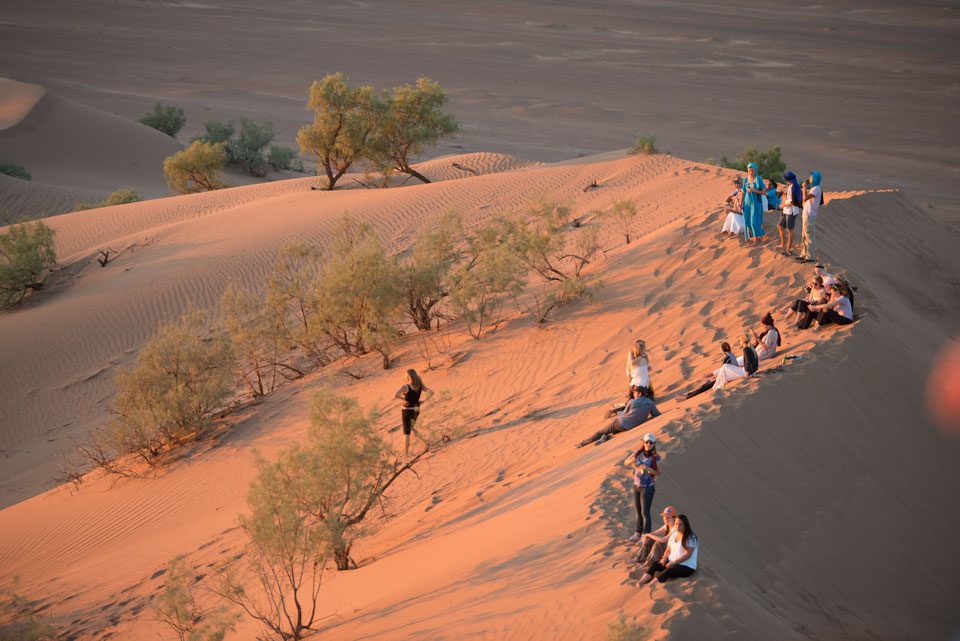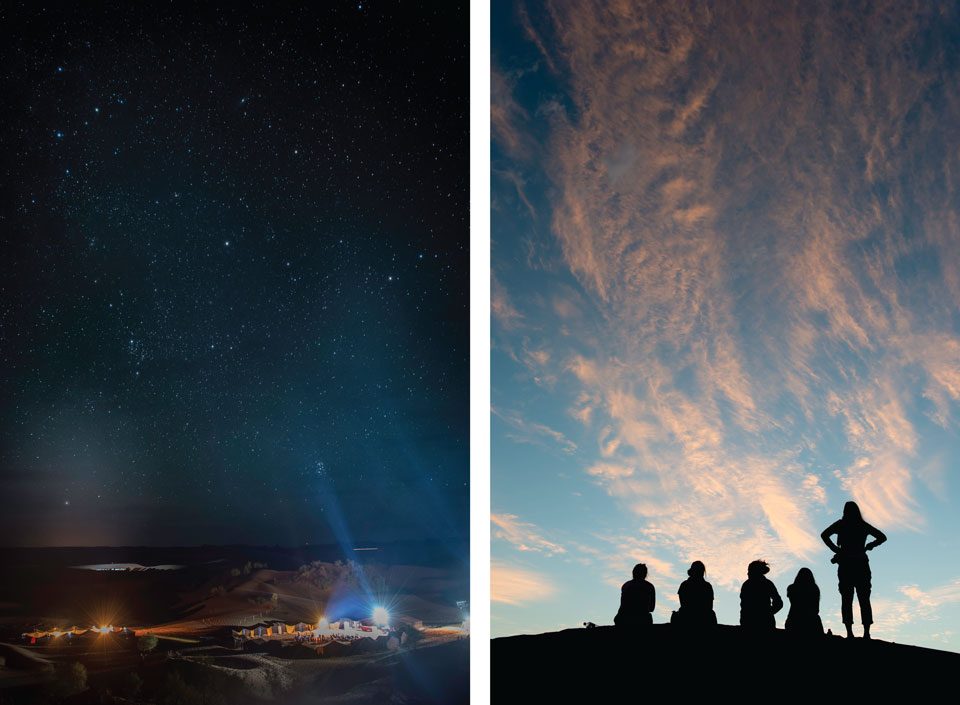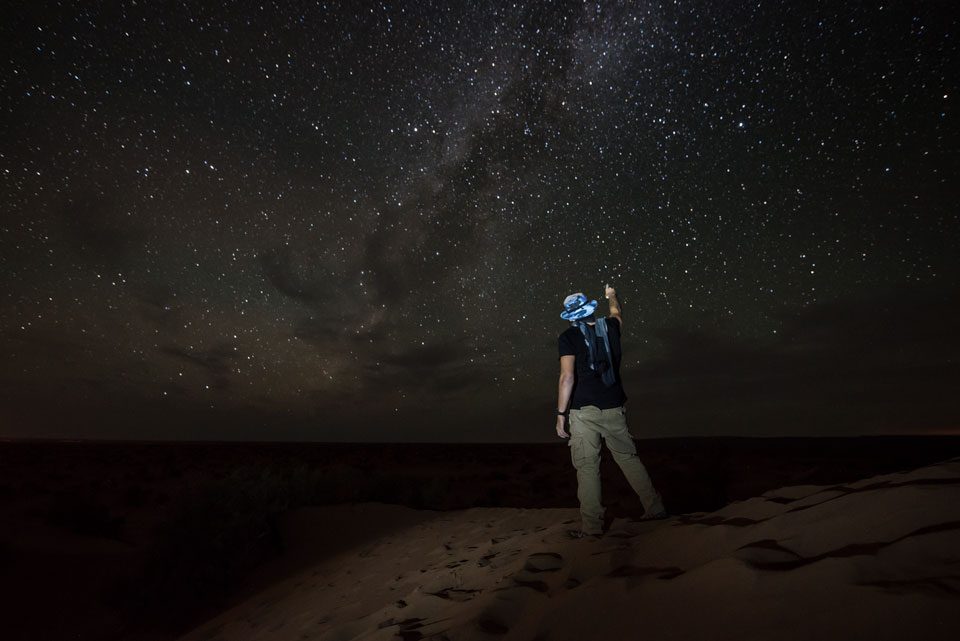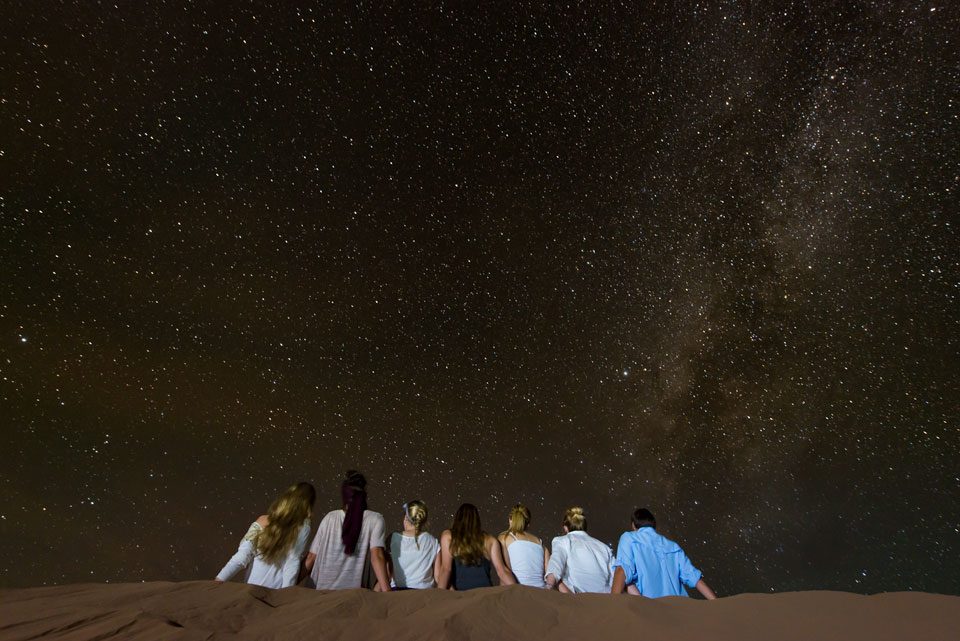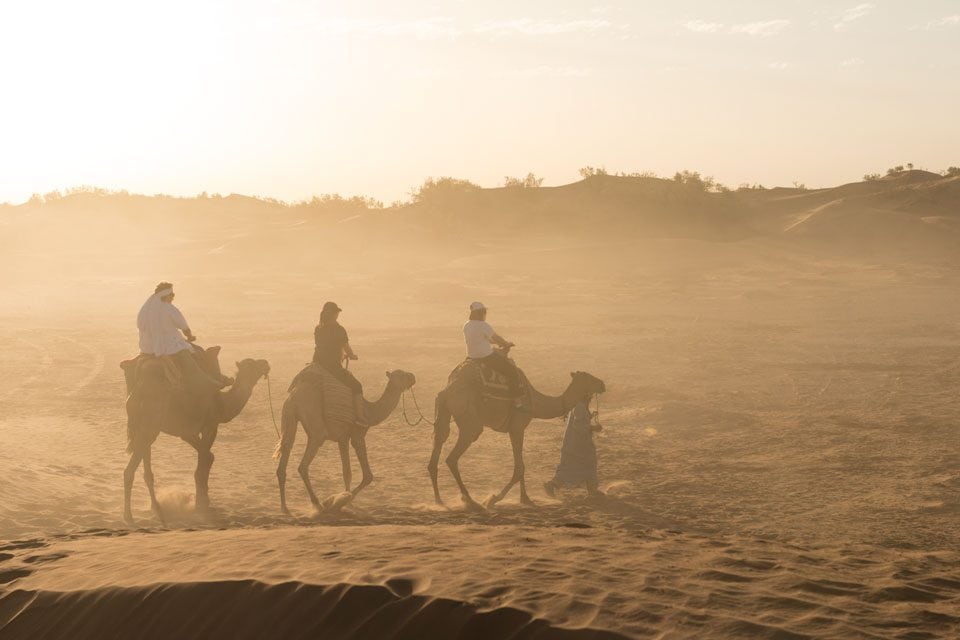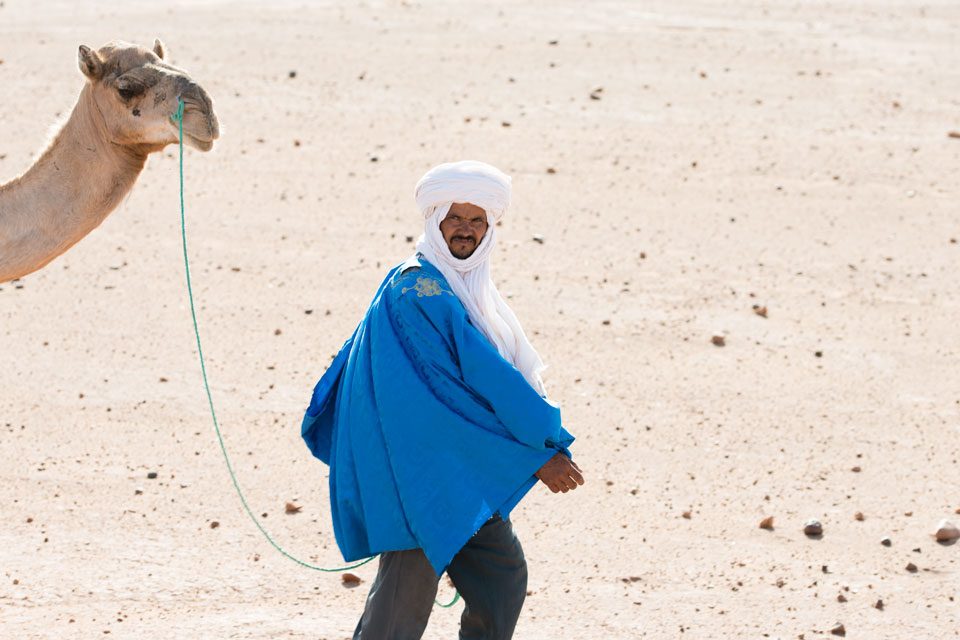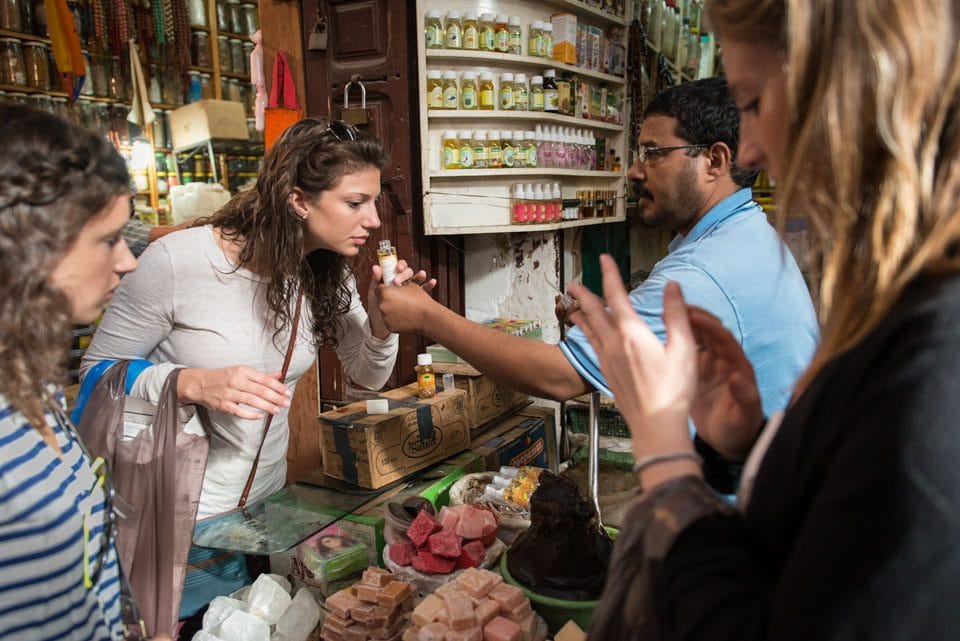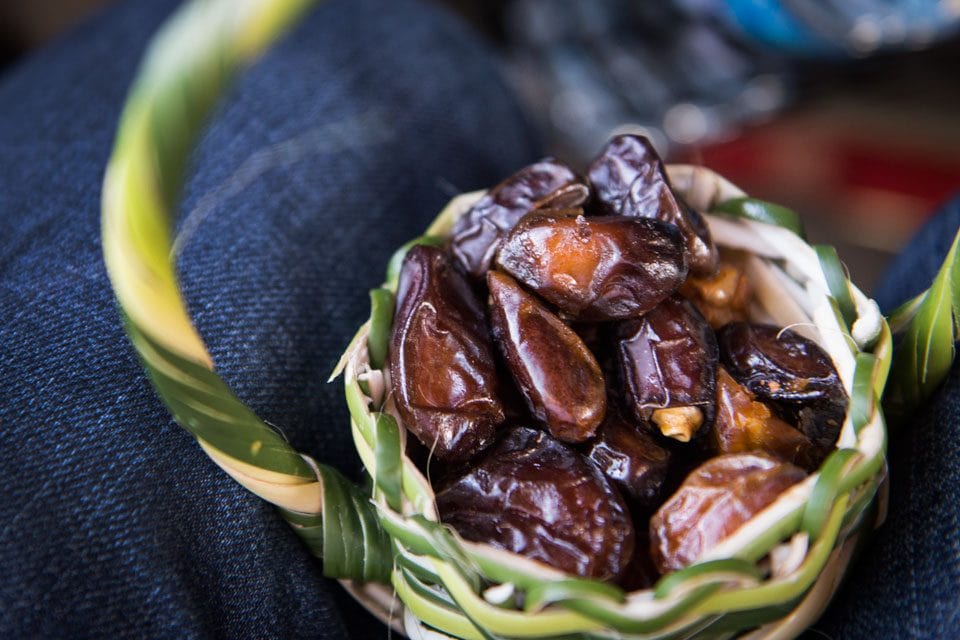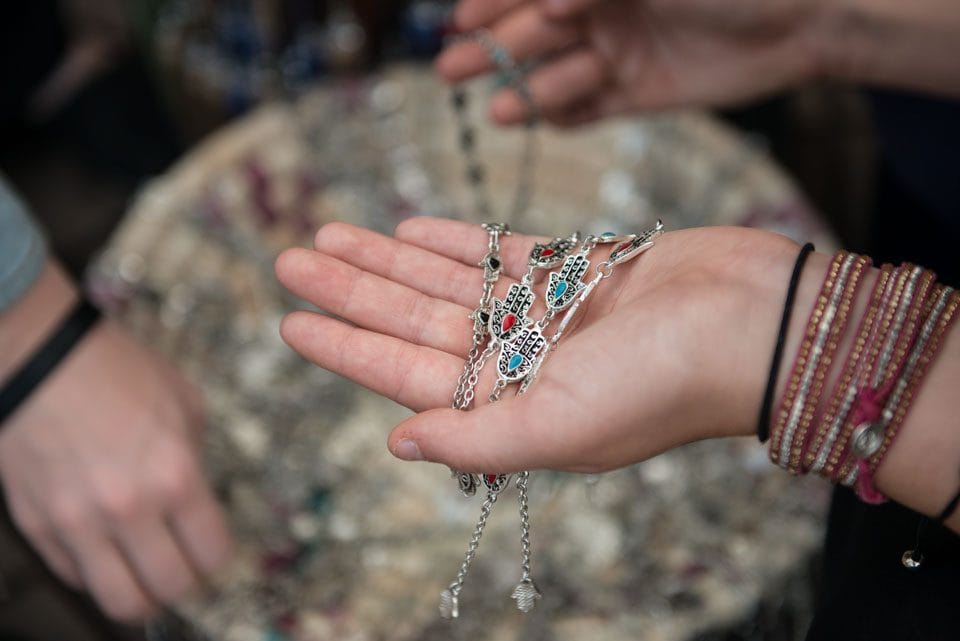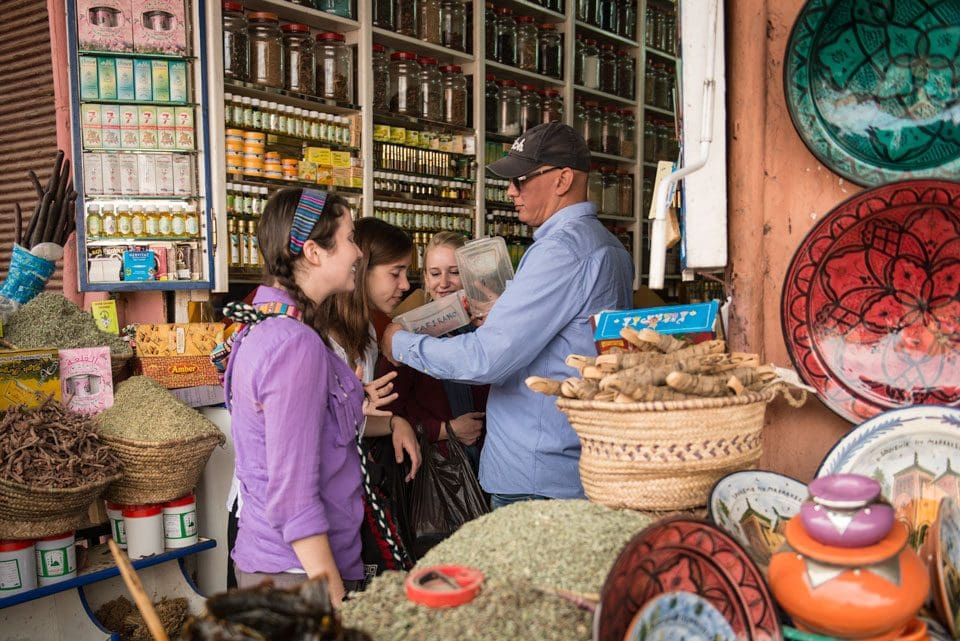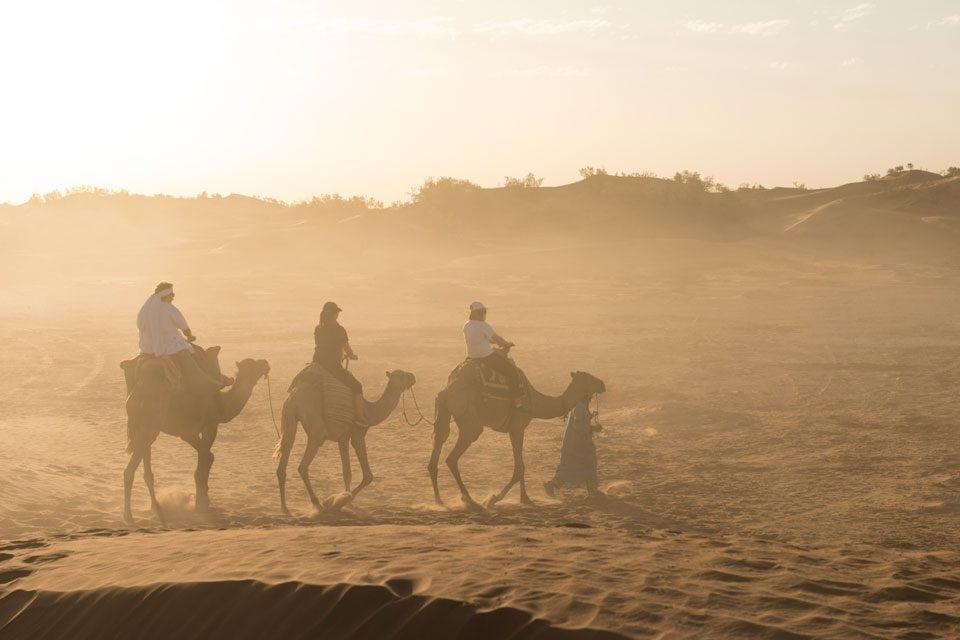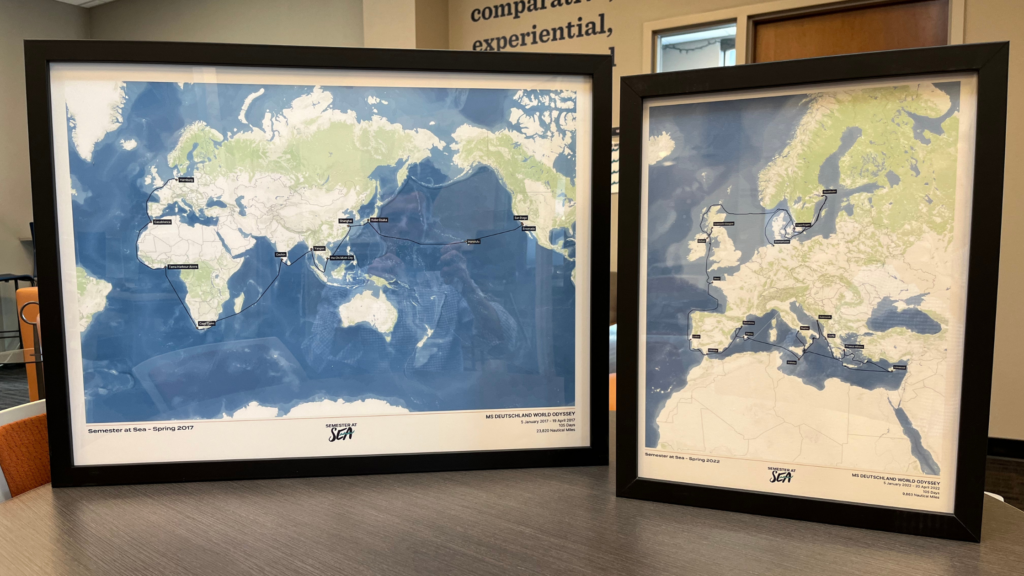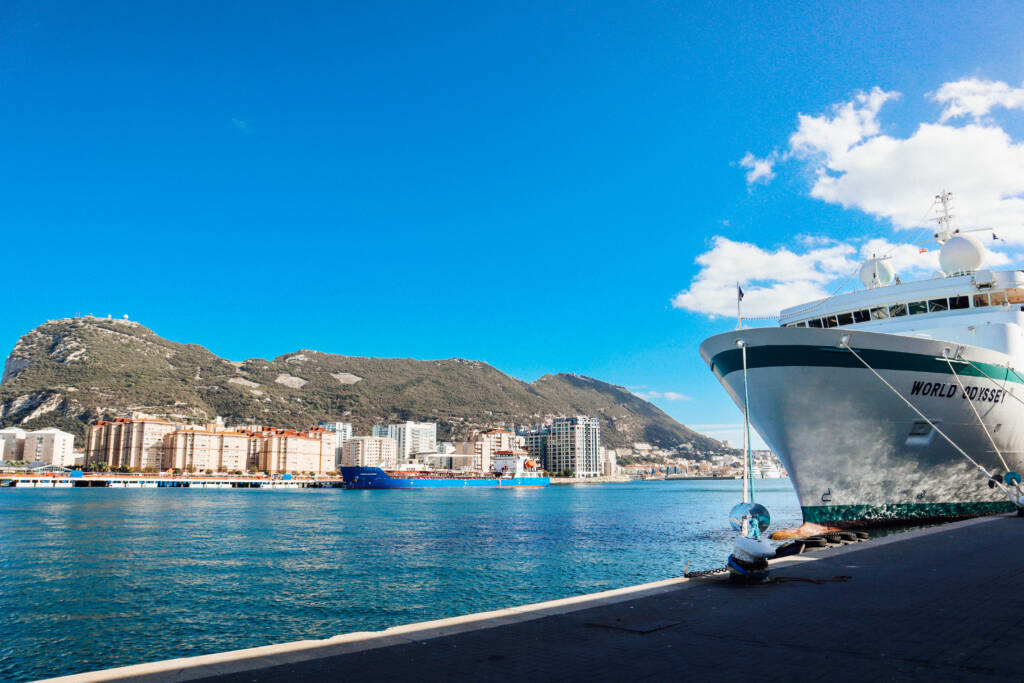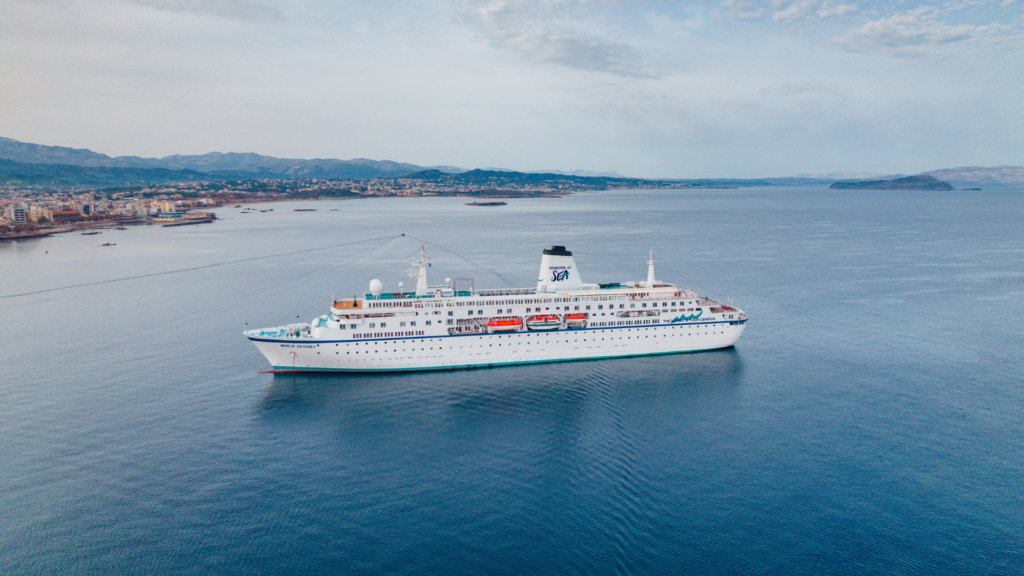Students ventured across the High-Atlas Mountains of North Africa, through sun-baked rock and lush green palm groves on a remarkable journey that few get to experience. They spent a moonless night under the stars in a Saharan Nomad camp after trekking though the desert via Berber led camel. Students clamored up the dunes to witness the setting sun, followed by the stars and the Milky Way. At times, they played drums around the fire and at times were silenced by the desert that surrounded them. In these moments, Facebook did not exist, there was no television, no distraction from the Internet, responsibility and worry were long forgotten. Students were able to disconnect and be present in the powerful beauty of nature. Some slept under the stars near the campfire and others stayed up in the cold desert air to watch the sunrise.
The next morning the students finished their trek, visiting the city of Marrakech were they sampled foods, scented oils, and spices as they explored the marketplaces of the ancient medina.
